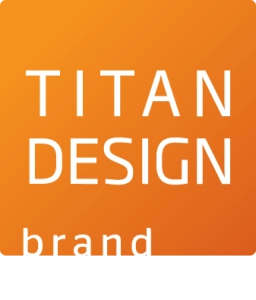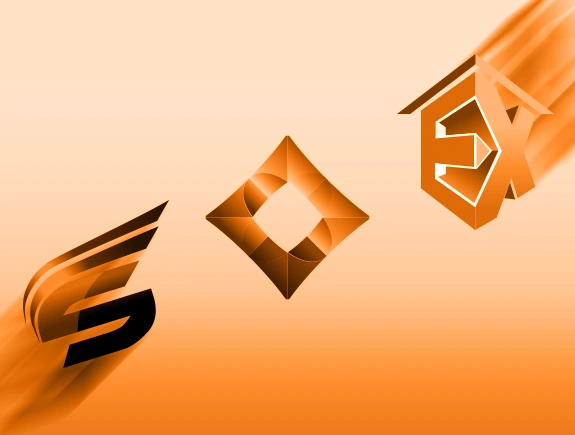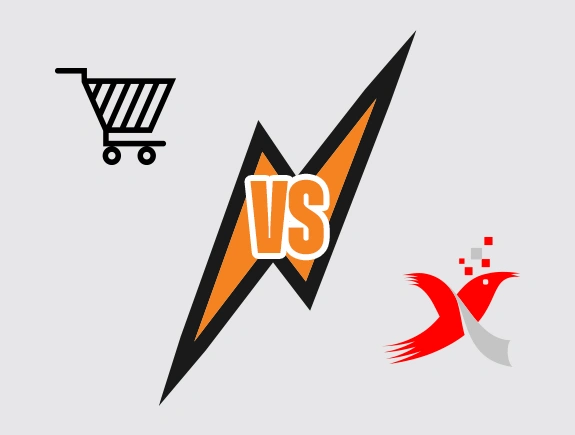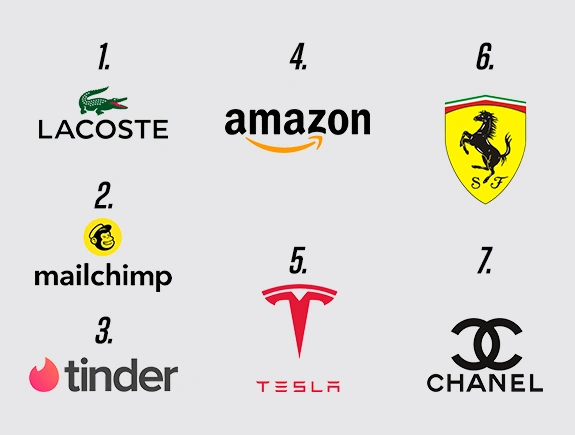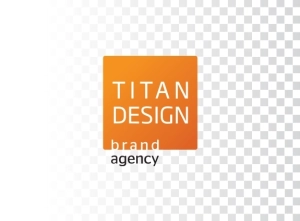Your logo symbol represents the essence of your brand. It is a key sign that reflects your core, what you do, and how people will perceive you. Using a symbol in your logo can be a powerful way to convey a message about your company, but it’s important to consider if it’s the right choice for your brand and how to choose the appropriate symbol.
To help you, we have covered the basic principles of effective logo symbolism and presented well-known examples from the real world that illustrate excellent logo symbols. Additionally, it is important to consider the uniqueness, simplicity, and flexibility of the symbol, as well as feedback from your target audience.
By the end of this guide, you will have a clear picture of how to choose the perfect logo symbol that will successfully represent your brand and attract your target audience. Ready? Let’s get started!
Logo Symbols – How and When to Use Them
Having a symbol in your logo is not essential for creating a strong brand identity. Many famous brands use only typography. However, if you are a small business just starting out, a logo symbol can be an effective way to attract attention and build brand recognition.
A logo symbol works as a magnet that attracts people’s attention and connects their emotional associations with your company. Research shows that 75% of people recognize a brand by its logo, which confirms the power of a good symbol.
By adding a personal touch to your logo, you can further enhance its recognizability. Think about symbols that reflect the values and mission of your company, and how your logo will be used across different media. With the right approach, your logo symbol can become an iconic part of your brand, recognizable and memorable in the minds of your consumers.
What You Need to Know – Icon vs. Symbol
In logo design, the terms “icon” and “symbol” are often used interchangeably, but there is a subtle difference between them. An icon usually represents a literal depiction of something, while a symbol can be a more abstract visualization of that thing. For example, an icon can depict an actual object or action, while a symbol can convey a deeper message or concept.
When it comes to logos, the Facebook Messenger icon clearly shows the function of the app, while the TikTok symbol more abstractly conveys the purpose and character of the brand. Understanding the difference between an icon and a symbol can help you better define your brand.
Choosing between an icon and a symbol depends on how you want your audience to perceive and understand your brand. A well-designed symbol can create a strong emotional connection with your users, while an icon can provide clear and immediate communication about the function of your product or service.
Types of Logo Symbols
There are many different types of logo symbols. They typically fall into one of these categories:
- Animals – These rely on deep instinctive structures in the brain, providing immediacy that requires almost no conscious abstraction. Example: Lacoste.
- Mascots – Logos with mascots are another great way to start telling a story about a unique brand, especially if you rely on some background or tradition you refer to. Example: Mailchimp.
- Abstract and Icons – From the infinite possible list of shapes and objects you can choose to represent your business, the best abstract logos usually capture some essential aspects of the brand itself. Example: Tinder.
- Interactive – You can pair logo symbols with text in one of two ways: static or dynamic. Static pairings are simple and involve placing the logo symbol next to the text. Dynamic pairings of symbols and text rely on the direct interaction of these two elements, as seen with the Amazon logo.
- Typographic Marks – Words in the logo, which stand out with an emphasis on typography, allow brands to present their name, similar to a letter-based logo. Example: Tesla.
- Crests, Trademarks, and Emblems – Crests, trademarks, and emblems in logos can indicate a rich history and are an excellent way to add weight to the myth of your brand. Example: Ferrari.
- Monograms – Choose monogram logos when your brand characteristics align with attributes like heritage and exclusivity, or if you want to transform a longer business name into an easily recognizable symbol. Example: Chanel.
To conclude this section of the blog, be sure to read our text on the evolution of famous logos over the years and try to categorize them into some of these categories.
How to Find a Logo Symbol that Fits Your Business
Below is a guide that will take you through the most important steps of this process.
Step 1: Start with the Basic Vision
The simpler the idea, the better – think of symbols like Microsoft’s Windows symbol, Apple’s apple, or Nike’s Swoosh. The secret of great logo symbols is that they act as the focal point for the entire brand.
Carefully consider the brand’s personality and the meaning you want to convey. Also, rethink the true value of logo design and why it is important to invest in logo creation.
Ask yourself “Who are we?” and list words that relate to your vision, such as “reliable,” “secure,” “warm,” “exclusive,” and “exciting.”
Step 2: Consider the Industry You Belong To
When you know what visual identity you want to present, make sure it is connected to your industry. You can achieve this in two ways:
- First, find a symbol that is a direct visual metaphor for something related to your field.
- Second, focus on a specific characteristic you want to highlight and which color combinations you can use to emphasize it.
For example, Nike’s Swoosh does not explicitly refer to sports equipment or sports, but its story makes perfect sense here. Overall, your logo symbol should tell a story informing your customers what they can practically, emotionally, or both expect.
Step 3: Explore and Note Ideas
Usually, a professional designer starts by experimenting with ideas for symbols on paper or online. Play with letters (if you want to design a monogram logo), sketch inspiration for more general logo symbols, and explore visual representations of your brand on Pinterest or Behance. Before presenting your ideas to a designer who will professionally create a logo for you, read our blog on the 7 clear characteristics of good logo design.
Step 4: Consider the Concept and Execution of the Idea
When considering which symbol to choose, it’s important to focus on two key elements: concept and execution. The conceptual idea of the symbol should reflect the essence of your brand clearly and recognizably.
Besides the concept, it is important to carefully consider the execution of the idea. A quality symbol design should be aesthetically pleasing and functional in all contexts. Does the symbol communicate the desired message? Is it easily recognizable and adaptable to different media? Choose the execution of the symbol that best suits the tone and style of your brand, and that will most effectively communicate with your target audience.
And Finally, It’s Time to Choose Your Symbol – Titans Can Help You
Choosing a symbol for your logo is a process that takes time, and even the biggest names go through multiple revisions. Therefore, it is very important to have good communication with the graphic design studio that will work on your logo.
Titan Design can help you find the perfect symbol for your brand, which will take your business to a whole new level. So, if you are looking for designers who will create your logo, contact us and the Titans will design a modern, recognizable, and above all, relevant logo for the industry you belong to.
